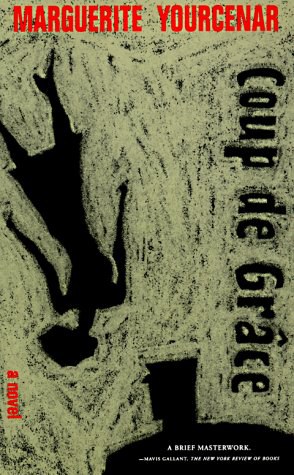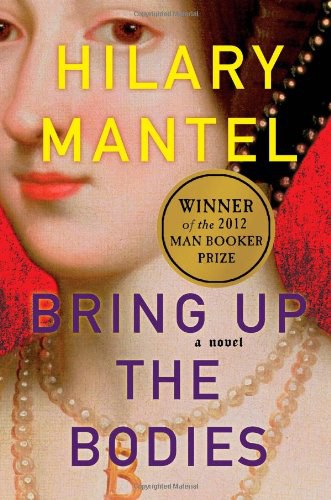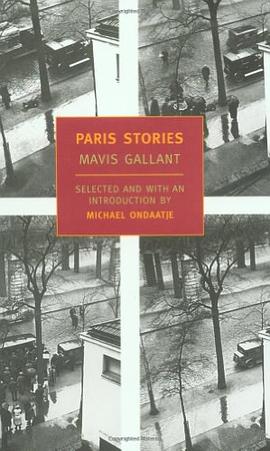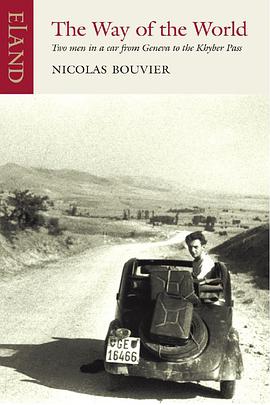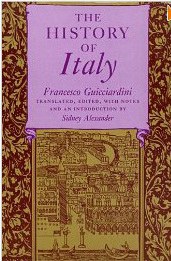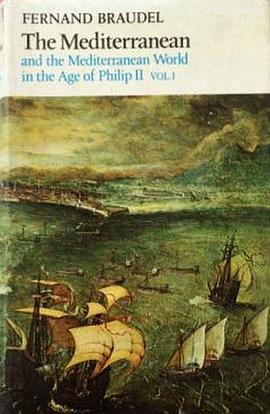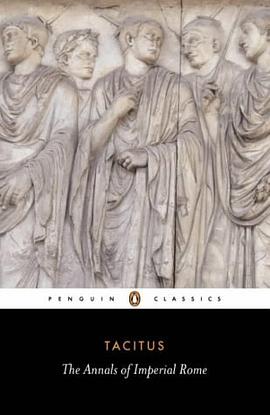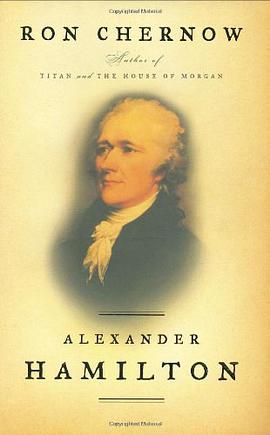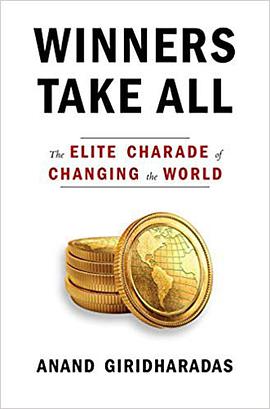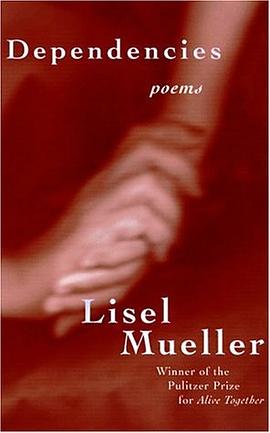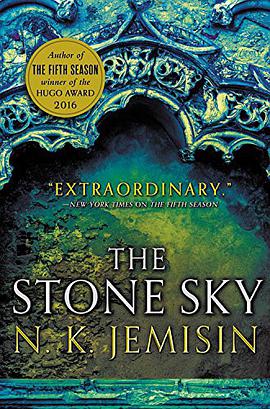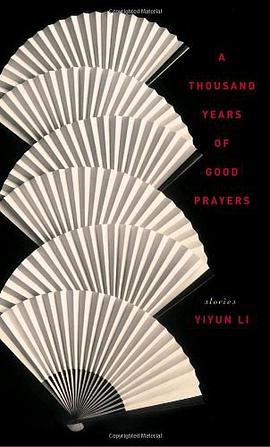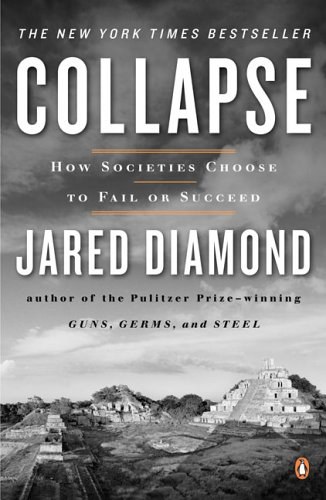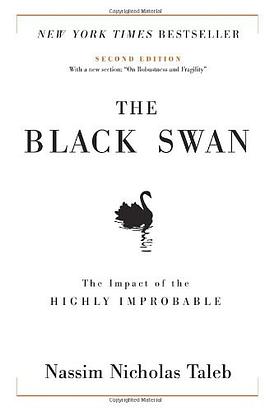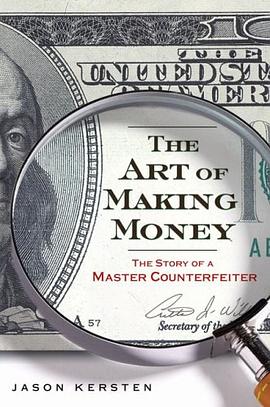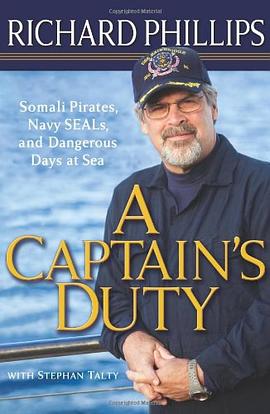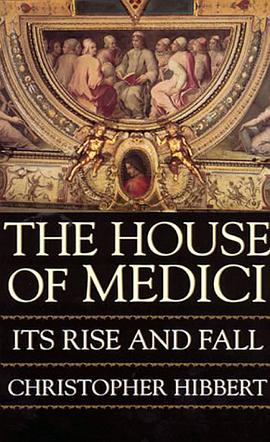Book Description
In this fascinating book, Diamond seeks to understand the fates of past societies that collapsed for ecological reasons, combining the most important policy debate of this generation with the romance and mystery of lost worlds.
Amazon.com
Jared Diamond's Collapse: How Societies Choose to Fail or Succeed is the glass-half-empty follow-up to his Pulitzer Prize-winning Guns, Germs, and Steel. While Guns, Germs, and Steel explained the geographic and environmental reasons why some human populations have flourished, Collapse uses the same factors to examine why ancient societies, including the Anasazi of the American Southwest and the Viking colonies of Greenland, as well as modern ones such as Rwanda, have fallen apart. Not every collapse has an environmental origin, but an eco-meltdown is often the main catalyst, he argues, particularly when combined with society's response to (or disregard for) the coming disaster. Still, right from the outset of Collapse, the author makes clear that this is not a mere environmentalist's diatribe. He begins by setting the book's main question in the small communities of present-day Montana as they face a decline in living standards and a depletion of natural resources. Once-vital mines now leak toxins into the soil, while prion diseases infect some deer and elk and older hydroelectric dams have become decrepit. On all these issues, and particularly with the hot-button topic of logging and wildfires, Diamond writes with equanimity.
Because he's addressing such significant issues within a vast span of time, Diamond can occasionally speak too briefly and assume too much, and at times his shorthand remarks may cause careful readers to raise an eyebrow. But in general, Diamond provides fine and well-reasoned historical examples, making the case that many times, economic and environmental concerns are one and the same. With Collapse, Diamond hopes to jog our collective memory to keep us from falling for false analogies or forgetting prior experiences, and thereby save us from potential devastations to come. While it might seem a stretch to use medieval Greenland and the Maya to convince a skeptic about the seriousness of global warming, it's exactly this type of cross-referencing that makes Collapse so compelling.
--Jennifer Buckendorff
From Publishers Weekly
In his Pulitzer Prize–winning bestseller Guns, Germs, and Steel, geographer Diamond laid out a grand view of the organic roots of human civilizations in flora, fauna, climate and geology. That vision takes on apocalyptic overtones in this fascinating comparative study of societies that have, sometimes fatally, undermined their own ecological foundations. Diamond examines storied examples of human economic and social collapse, and even extinction, including Easter Island, classical Mayan civilization and the Greenland Norse. He explores patterns of population growth, overfarming, overgrazing and overhunting, often abetted by drought, cold, rigid social mores and warfare, that lead inexorably to vicious circles of deforestation, erosion and starvation prompted by the disappearance of plant and animal food sources. Extending his treatment to contemporary environmental trouble spots, from Montana to China to Australia, he finds today's global, technologically advanced civilization very far from solving the problems that plagued primitive, isolated communities in the remote past. At times Diamond comes close to a counsel of despair when contemplating the environmental havoc engulfing our rapidly industrializing planet, but he holds out hope at examples of sustainability from highland New Guinea's age-old but highly diverse and efficient agriculture to Japan's rigorous program of forest protection and, less convincingly, in recent green consumerism initiatives. Diamond is a brilliant expositor of everything from anthropology to zoology, providing a lucid background of scientific lore to support a stimulating, incisive historical account of these many declines and falls. Readers will find his book an enthralling, and disturbing, reminder of the indissoluble links that bind humans to nature. Photos.
From Booklist
Defining collapse as "extreme decline," the Pulitzer Prize-winning author of Guns, Germs, and Steel (1997), which posed questions about Western civilization's domination of much of the world, now examines the reverse side of that coin. Diamond ponders reasons why certain civilizations have collapsed. With an eye on the implications for the present and future, he bases his analysis on his newly phrased version of an old maxim about what history teaches: "The past offers us a rich database from which we can learn." Drawing examples from this database, from Polynesian culture on Easter Island to the Viking outposts in Greenland to the Mayan civilization in Central America, the author finds "the fundamental pattern of catastrophe" that is apparent in these populations that once flourished and then collapsed. The template he holds up is a construct based on five factors, including environmental damage, climate change, and hostile neighbors. In addition, Diamond casts his critical but acute and inclusive gaze on the issue of why civilizations fail to see collapse coming. A thought-provoking book containing not a single page of dense prose. Expect demand from civic- and history-minded readers.
Brad Hooper
From School Library Journal
Adult/High School–This powerful call to action should be read by all high school students. Diamond eloquently and persuasively describes the environmental and social problems that led to the collapse of previous civilizations and threaten us today. The book's organization makes researching particular regions or types of damage accessible. Unfamiliar words are defined, and mention of a place or issue that has been described in greater detail elsewhere includes relevant page numbers. Students may become impatient with the folksy Montana fishing stories in part one, but once the fascinating account of the vanished civilizations begins, readers are taken on an extraordinary journey. Using the Mayan empire, Easter Island, the Anasazi, and other examples, the author shows how a combination of environmental factors such as habitat destruction, the loss of biodiversity, and degradation of the soil caused complex, flourishing societies to suddenly disintegrate. Modern societies are divided into those that have begun to collapse, such as Rwanda and Haiti; those whose conservation policies have helped to avert disaster, such as Iceland and Japan; and those currently dealing with massive problems, such as Australia and China. Diamond is a cautious optimist. Some of his most compelling stories show how two groups of people sharing the same land, such as the Norse and Inuit in Greenland, can end up in completely different situations depending on how they address their problems. The solutions discussed are of vital importance: how societies respond to environmental degradation will determine how teens will live their adult lives. As Diamond points out, in a collapsing civilization, being rich just means being the last to starve. Black-and-white photos are included.
–Kathy Tewell, Fairfax County Public Library, VA
Book Dimension
length: (cm)21.7 width:(cm)14
